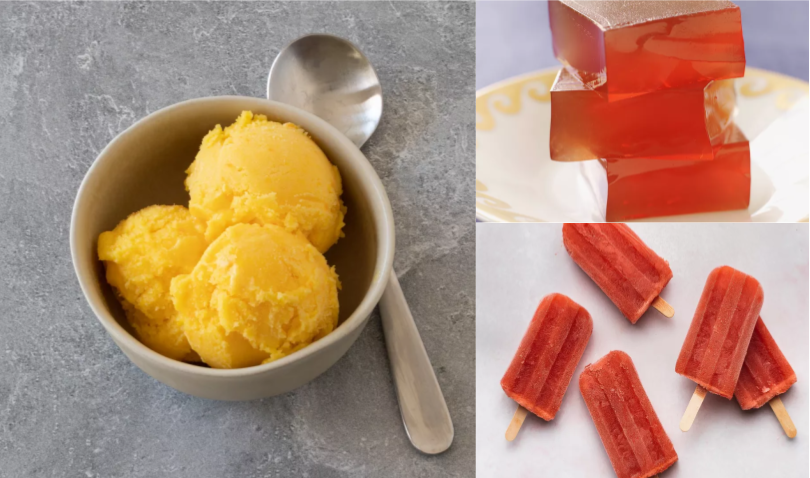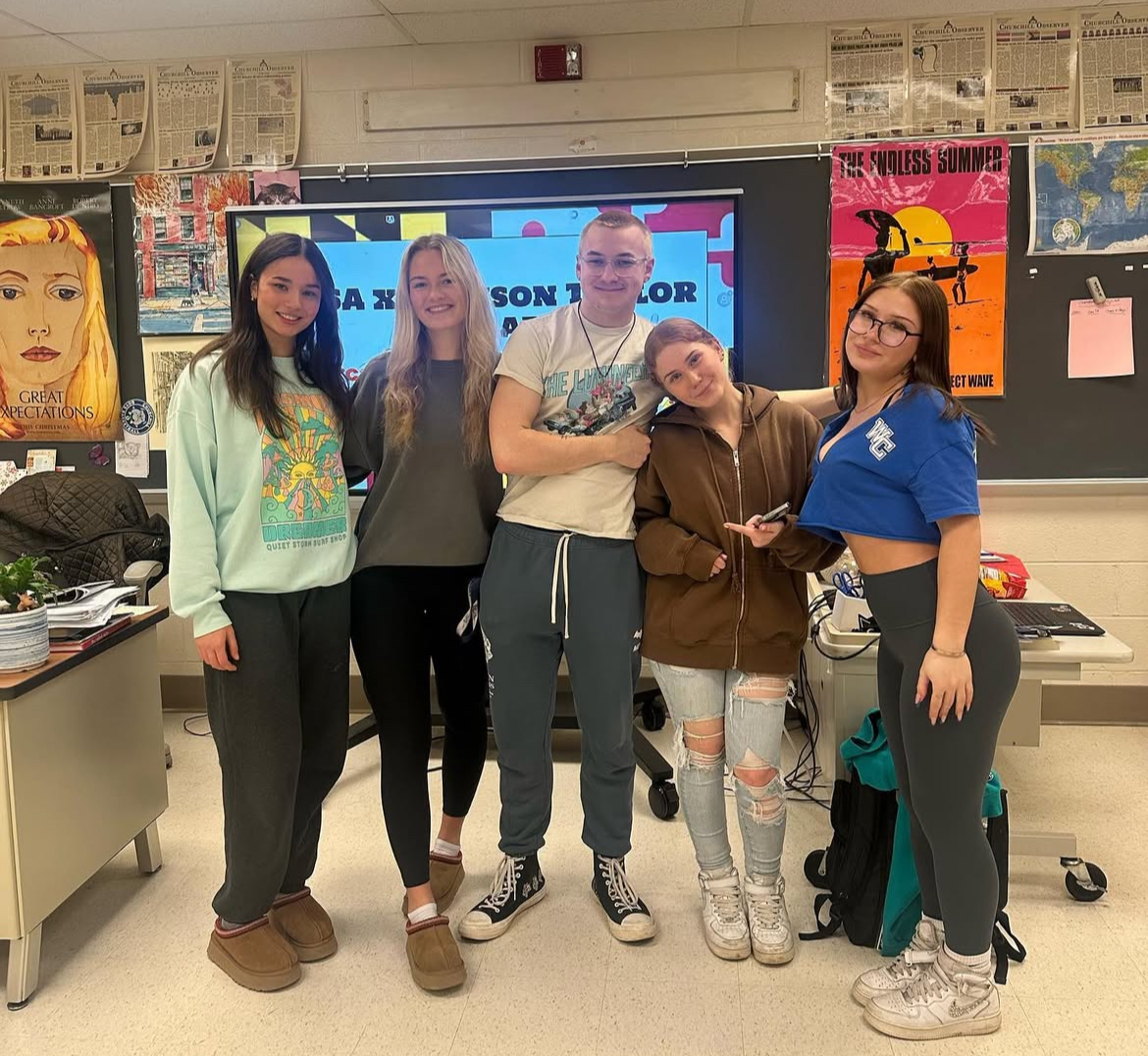The buzzer sounds. Duke has just won its fourth national championship. Elated players and coaches storm the court in celebration of their feat, and within seconds, each player on Duke’s roster has quickly donned a brand-new t-shirt and hat, both of which seem to have appeared out of thin air.
If the Blue Devils’ opponent, the Butler Bulldogs, had made that final shot, they would have had new t-shirts and hats that labeled their school as the 2010 National Champion. No, these commemorative articles of clothing are not made by lightning-speed laser printing technology; instead, both teams’ apparel were made prior to game time.
The NCAA as well as the NBA and NFL all use this technique for merchandise before big games.
According to Vandana Balachandar, who is the NBA’s senior manager of apparel and accessory licensing, Adidas provides 720 hats and tees for their league’s finals, depending on the series’ standing, all of which are kept private until the final buzzer. The clothes are then distributed to a variety of people including players, team staff and front office executives.
“Prior to the end of the game, we store the merchandise in large duffel bags in a secure, locked room behind the scenes,” Balachandar said.
But while the winning team celebrates in their clothing, what happens to the 720 hats and tees made for the losing team of the NBA Finals?
Although the losing teams’ articles of clothing are printed, they are never sold to the public; instead, they are donated.
“We donate the losing [team’s] merchandise through NBA Cares,” Balachandar said. “Generally, we send the merchandise internationally during our Basketball Without Borders programs.”
The NCAA has a similar process.
“We partner with World Vision on the donation of the items so it typically depends on their area of designation,” said David Clendenin, the NCAA’s assistant director of corporate licensing. “For example, we are in the process of donating some of this year’s items and we were told that their destination would more than likely be Central or Latin America.”
Similarly, the NBA works with their international organization through which they donate the apparel.
According to Balachandar, giving back to the global community is a significant part of the NBA’s outreach program, and this is a way to ensure that they will have made the most of the unused clothing.
“By donating the losing [team’s] merchandise, we know that the merchandise will be [given] to those who are less fortunate than us,” Balachandar said.
However, according to Balachandar, it is impossible for anyone to obtain or purchase these items, which are known as “hot market products,” in stores or online because the leagues do not want false merchandise in the marketplace.
According to Chris Inouye, the retail division manager of Aramark Sports and Entertainment for Reliant Stadium in Houston, in the NFL, the stadium’s merchandiser will typically purchase about 1,200 of each hat and 2,400 of each shirt so that fans can buy them at the end of the end of the game.
“Retailers throughout the nation also have the opportunity to buy the championship shirt for one or both teams in advance as well,” Inouye said. “While this is not very common, it does happen in the markets for the teams who are participating. [For instance,] if the Ravens are in the Super Bowl, Dick’s and Modell’s would likely buy a small quantity so if they won they could begin selling them in their stores immediately.”
Inouye does acknowledge, however, that retailers put themselves at a risk as they do this. The NFL’s merchandiser, Reebok, gives financial incentives to stores in order to ensure that the losing team product is not sold to the public. According to Inouye, this also makes it easier for the purchaser to buy the product for both teams because they know they will not lose as much money.
“It is risky to pre-purchase hats and shirts before the outcome of the game is decided, but it also gives you a competitive advantage over stores who did not pre-purchase,” Inouye said.
Next time the end of a championship game comes around and the players slip on their new gear, though the result may not have been favorable, the losing team’s misfortune at least has some benefits: quality apparel that will go to those in need.







